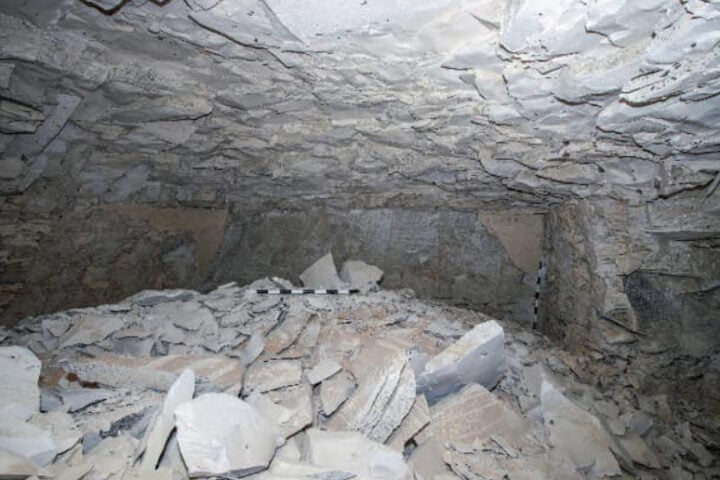Optical illusions have long been a subject of intrigue and wonder, compelling us to question the depths of our perception and interpretation. Beyond just visual trickery, some illusions hint at underlying personality traits, revealing facets of the viewer’s psyche. The Airavatesvara temple in Thanjavur, Tamil Nadu, stands as a breathtaking testament to the combination of artistic brilliance and deep psychological insight from eras gone by. Within its ancient walls is an optical illusion that captures both the mind and heart, showcasing two distinct animals that seem to share a singular head.
Crafted during the zenith of the 12th-century Chola architecture, this masterpiece seamlessly merges two of Hinduism’s iconic creatures: the steadfast bull, Nandi – the chosen vehicle of Lord Shiva, and the majestic elephant, Airavat – the carrier of Lord Indra. This enigmatic design beckons viewers to shift their perspectives, toying with their perceptions. The interplay between these animals offers profound symbolic interpretations. For many, the bull emerges first, resonating with its associations of strength, honesty, and positivity. Conversely, others find themselves greeted by the image of the elephant, a creature revered in Hindu mythology for its calm demeanor, kindness, and intelligence.
The magic of this illusion lies in its construction. The horns of the bull cleverly metamorphose into the tusks of the elephant, and the bull’s ear, when viewed just right, transforms into the elephant’s mouth. Despite their conjoined appearance, each animal retains its unique stance, their distinct legs proudly maintaining their individuality. As with many optical wonders, interpretations are varied. Some viewers find themselves drawn first to the stoic bull, while others are captivated by the serene elephant. This divergence in perception has given rise to lively discussions, especially in the age of digital communication. Since its unveiling to the online world on Twitter, the temple’s optical illusion has become a sensation, capturing the imagination of netizens worldwide.
In today’s digital age, where optical illusions are often shared as quirky observational tests or as a means to glean possible personality insights, the ancient stone-carved illusion of the Airavatesvara temple holds a unique place. It reminds us that nearly 900 years ago, artists and thinkers were employing optical illusions not just as art but as tools for introspection and enlightenment.
Similar Post
Further enriching its allure, the illusion’s setting within a Hindu temple marries artistic finesse with profound religious symbolism. Temples, in the Indian subcontinent, have always been centers of both devotion and artistry. The Airavatesvara temple, located in the cultural hub of Kumbakonam, is no exception. It stands as a repository of the region’s rich artistic legacy, housing meticulously crafted chariots, representations of divine avatars, and myriad other sculptures.
This ancient illusion, embedded within the temple’s stone, is more than just an artistic marvel. It is a philosophical puzzle, challenging each visitor to reflect upon their perceptions and interpretations. Such artworks underscore the power of art to stimulate thought, conversation, and connection, bridging gaps across centuries and diverse cultures.
By presenting this intertwined depiction of the bull and elephant, the temple invites viewers to pause, reconsider their initial impressions, and immerse themselves in the intricate layers of symbolism and craftsmanship. In conclusion, the enduring optical illusion of the Airavatesvara temple stands as a testament to humanity’s timeless fascination with perceptual enigmas. It beautifully encapsulates the interwoven threads of art, psychology, religion, and history, ensuring its allure will persist through ages to come.

















